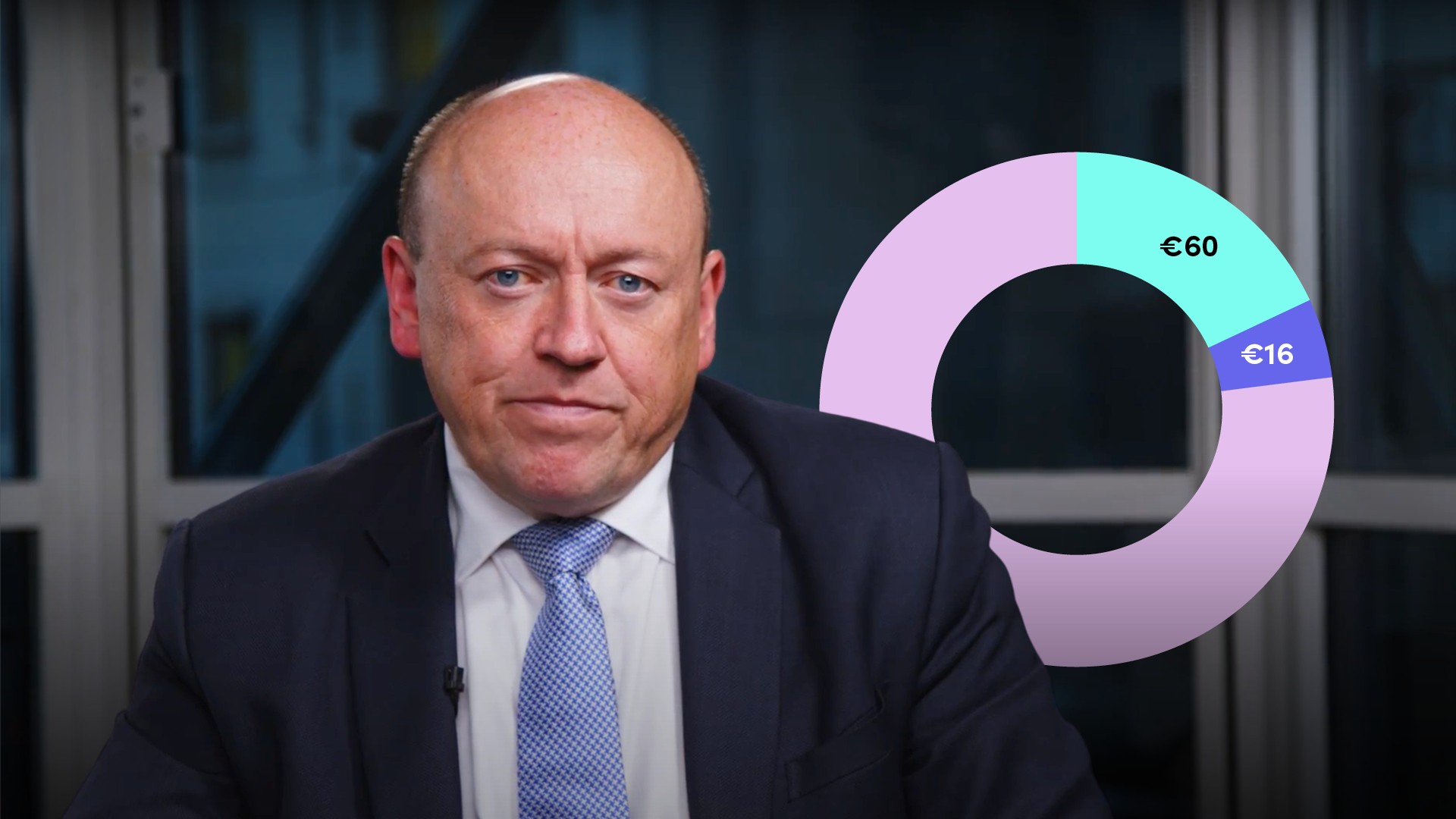
Covered Bonds and Central Banks

Richard Kemmish
30 years: Capital markets & covered bonds
Central banks are some of the most important players in the covered bond market. In this video, Richard looks at three of those ways: as investors, as repo counterparties and via quantitative easing programmes.
Central banks are some of the most important players in the covered bond market. In this video, Richard looks at three of those ways: as investors, as repo counterparties and via quantitative easing programmes.
Subscribe to watch
Access this and all of the content on our platform by signing up for a 7-day free trial.

Covered Bonds and Central Banks
7 mins 24 secs
Key learning objectives:
Discuss the Central Banks involvement in the covered bond market as investors, as repo counterparties and via their QE programmes
Explain the disadvantages of the previous programmes
Identify the ECB’s criteria and rules for purchasing and holding covered bonds
Overview:
Central Banks, most notably the European Central Bank, has three key roles in the covered bond market. The first is acting as investors. Secondly, as repo counterparties and lastly via their quantitative easing and asset purchasing programmes.
Subscribe to watch
Access this and all of the content on our platform by signing up for a 7-day free trial.
What were the ECB’s asset-purchase programmes, and were they successful?
- The first programme (July 2009 - July 2010) – The ECB bought 60bn euros of covered bonds. The intention was to help the covered bond market recover from the financial crisis and provide a funding lifeline to banks to stimulate lending to the real economy.
- The second programme (late 2011 - 2012) – It was designed to be similar but smaller to the first with a target size of 40bn euros. However, it became apparent it was unnecessary and counterproductive as the market recovered quickly. It was abandoned after 16bn was bought.
- The third programme (2014) – Its intention was not to help the covered bond market, but it was part of a much broader programme of quantitative easing. The target size was 262bn euros.
What were the disadvantages that arose as a result of these programmes?
Many investors were ‘squeezed out’ by the ECB’s buying. Also, credit spreads in covered bonds compressed to levels that were unsustainably narrow for most investors and liquidity was severely damaged by the ECB’s policy of buying most of the bonds in the secondary market.
What is the ECB’s eligibility criteria for their purchases?
- They have to be issued from a bank in the euro area
- They must be rated investment grade
- They must be eligible for repo treatment
- They must be denominated in euros
What are some additional rules that the ECB has set regarding bonds?
- Limiting itself to holding a maximum of 70% of any one bond
- Bonds can be purchased in the secondary market or at the new issue
- No longer any restrictions on the maturity of the bonds
- No longer any restrictions on the maximum size of bonds
What is the ECB’s involvement in the CBM as repo-counterparties?
Central Banks provide liquidity to the banking system by lending money against high-quality collateral (covered bonds) in repo agreements. In practice, anything from 10% to 33% of the total advances to banks, provided by the ECB, are secured on covered bonds.
How does the ECB’s eligibility categories tell us how much a bank can borrow against bonds?
The ECB divides eligible collateral into different categories (1-5) with 1 being the best assets. Covered bonds are included in categories 2, with a notional size of 500mn euros or category 3 <500mn. For example, if they use a double A rated 5-year covered bond in C2 as collateral, a bank can borrow up to 97.5% of its market value.
How is the Central Bank involved in the CBM as investors?
Sometimes Central Banks and sovereign wealth funds just buy covered bonds as part of their own investment programmes. The Chinese State Administration for Foreign Exchange and Norges Bank have been very large players in this market in their own right.
Subscribe to watch
Access this and all of the content on our platform by signing up for a 7-day free trial.

Richard Kemmish
There are no available Videos from "Richard Kemmish"



























